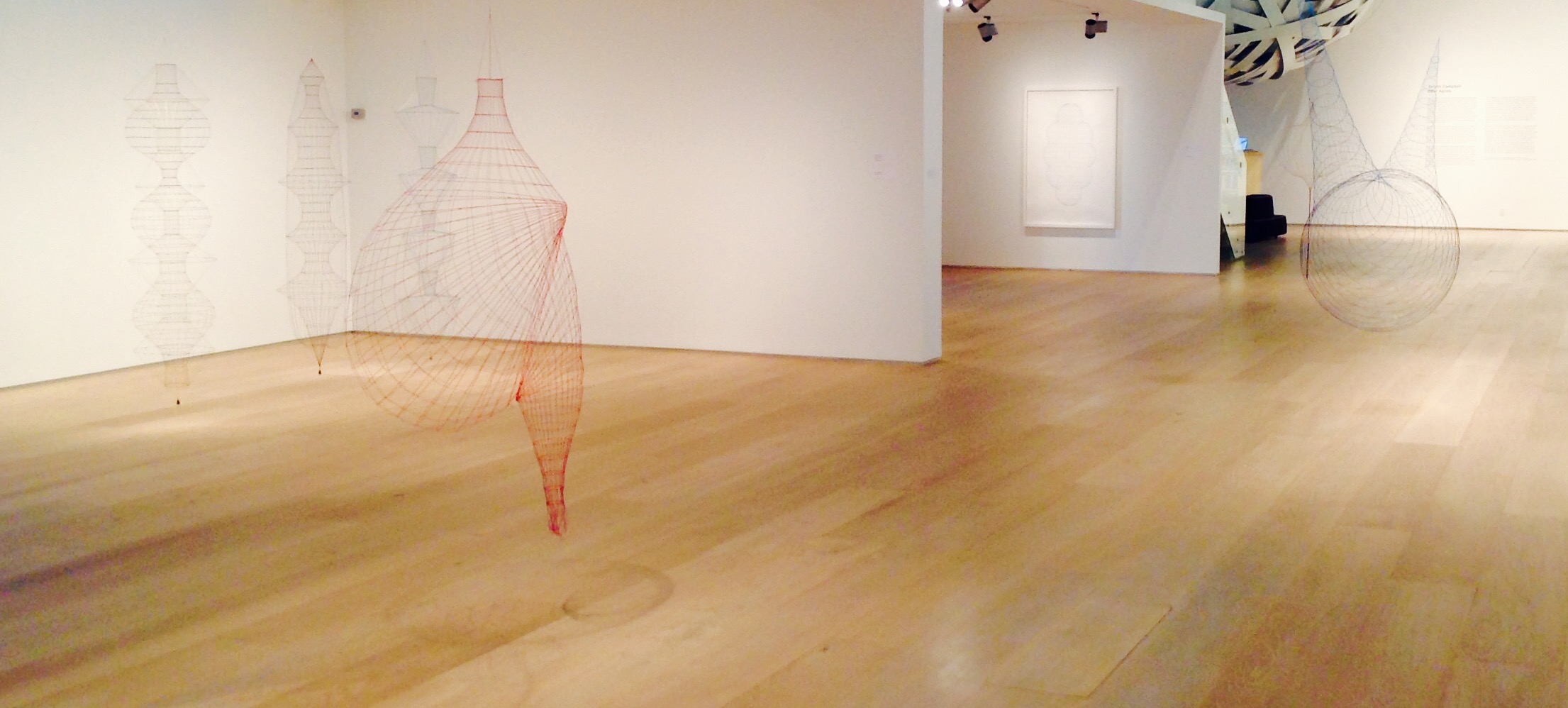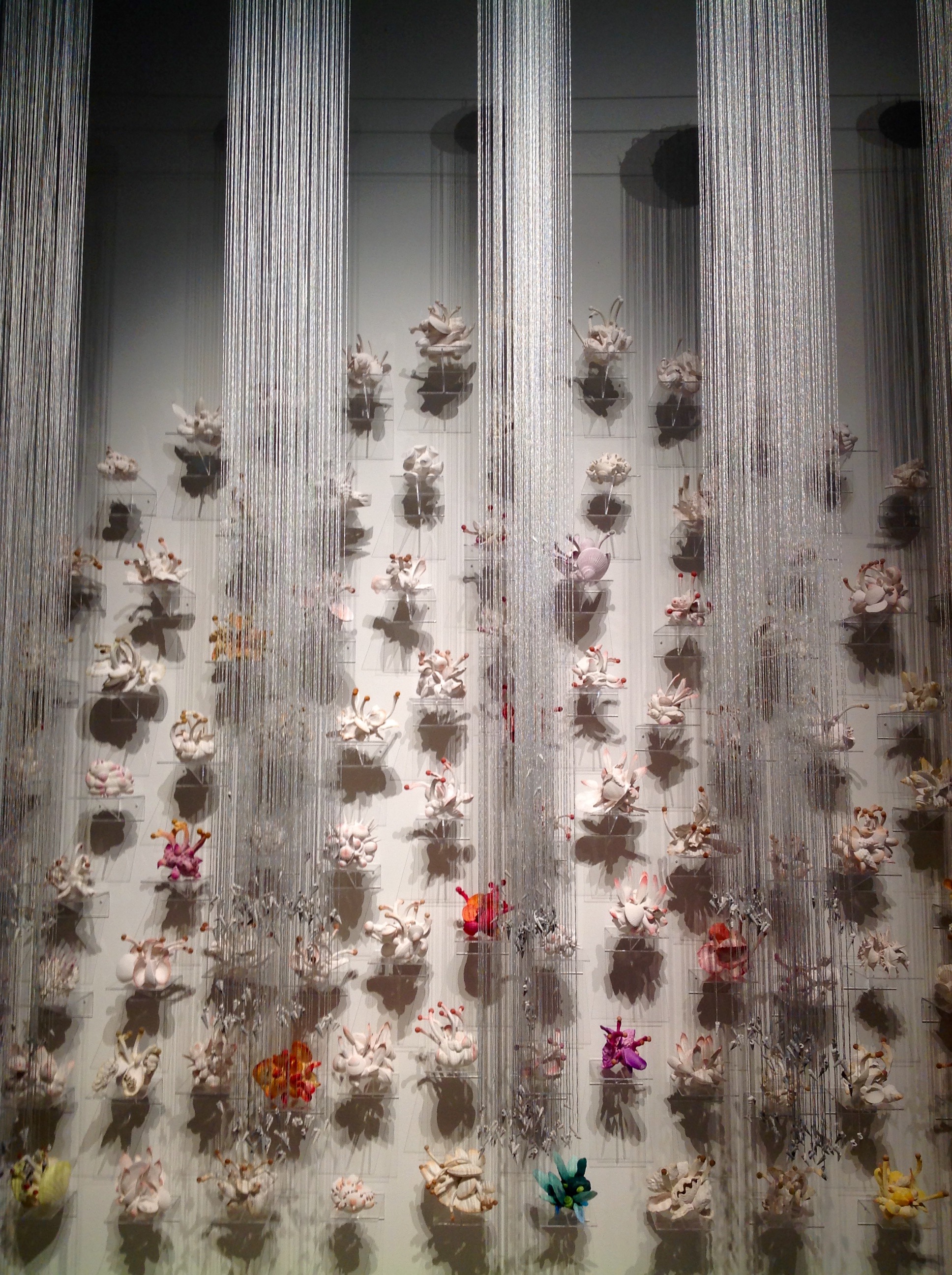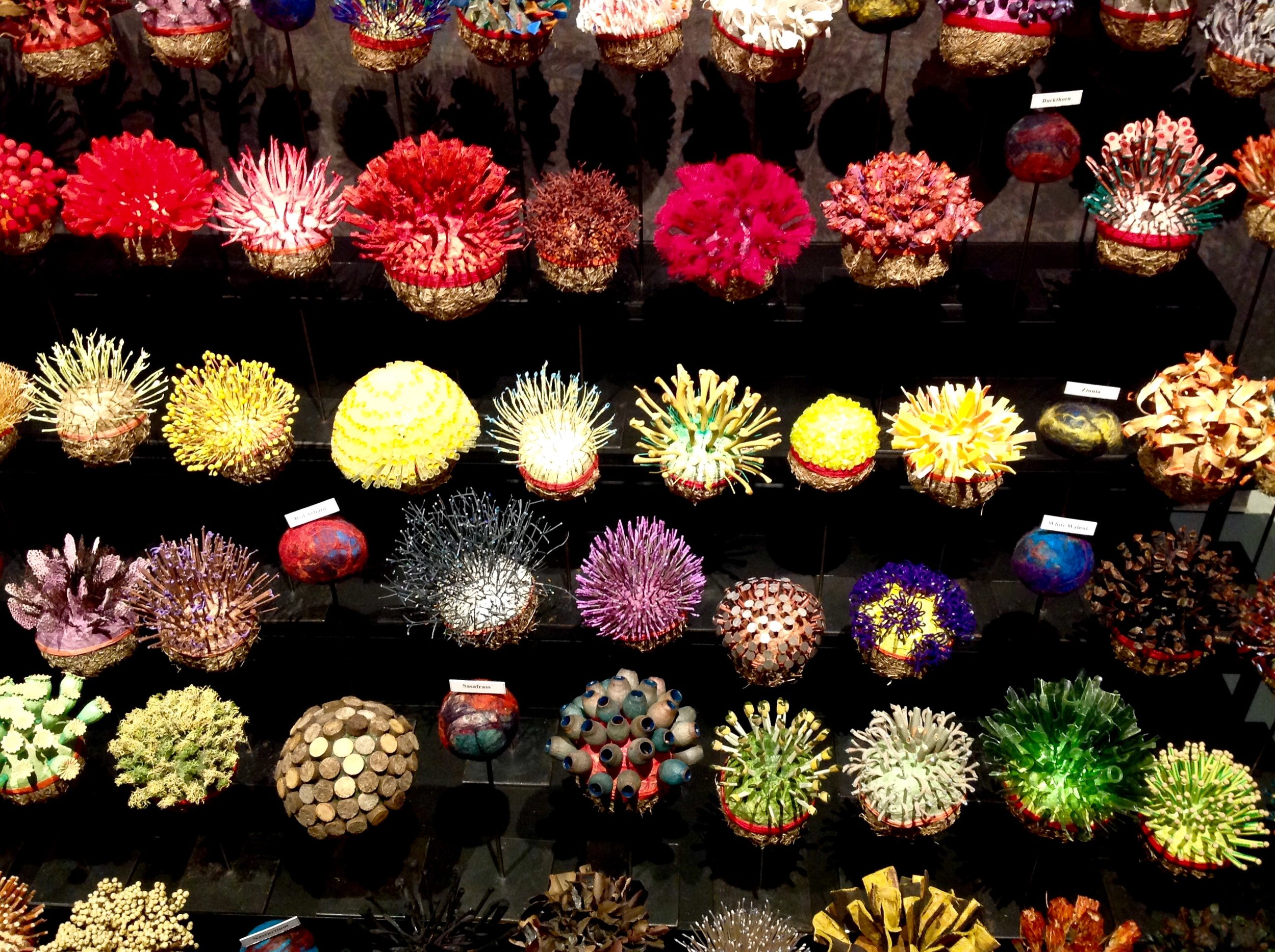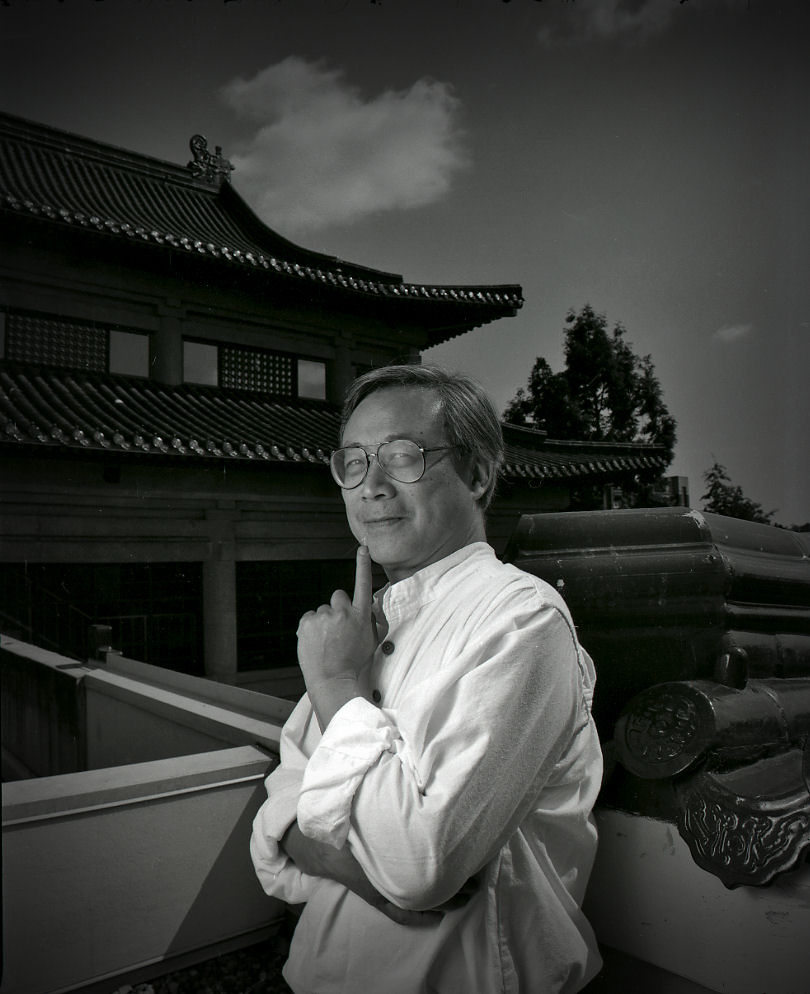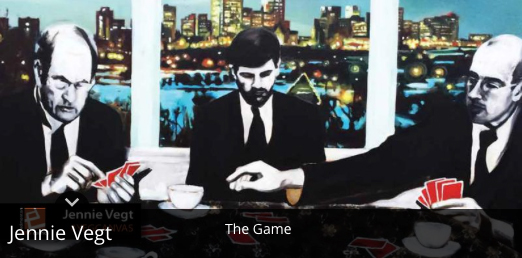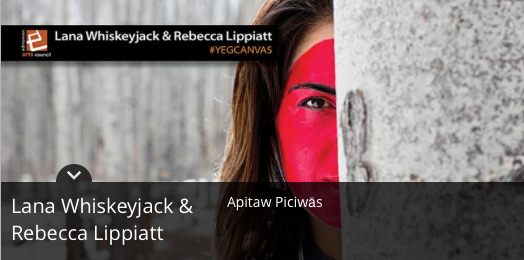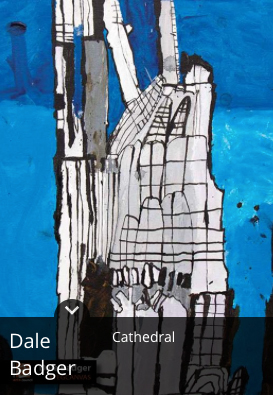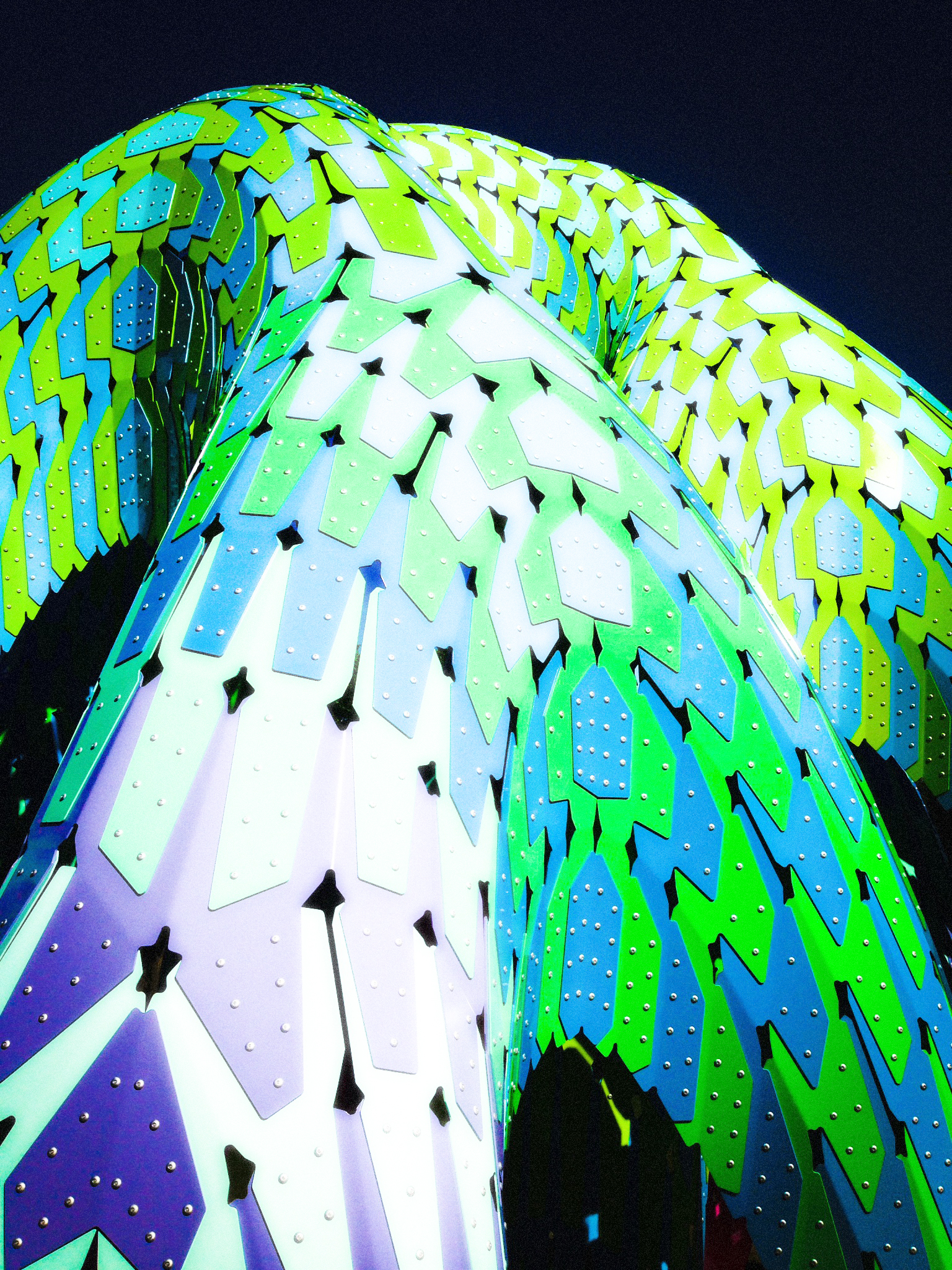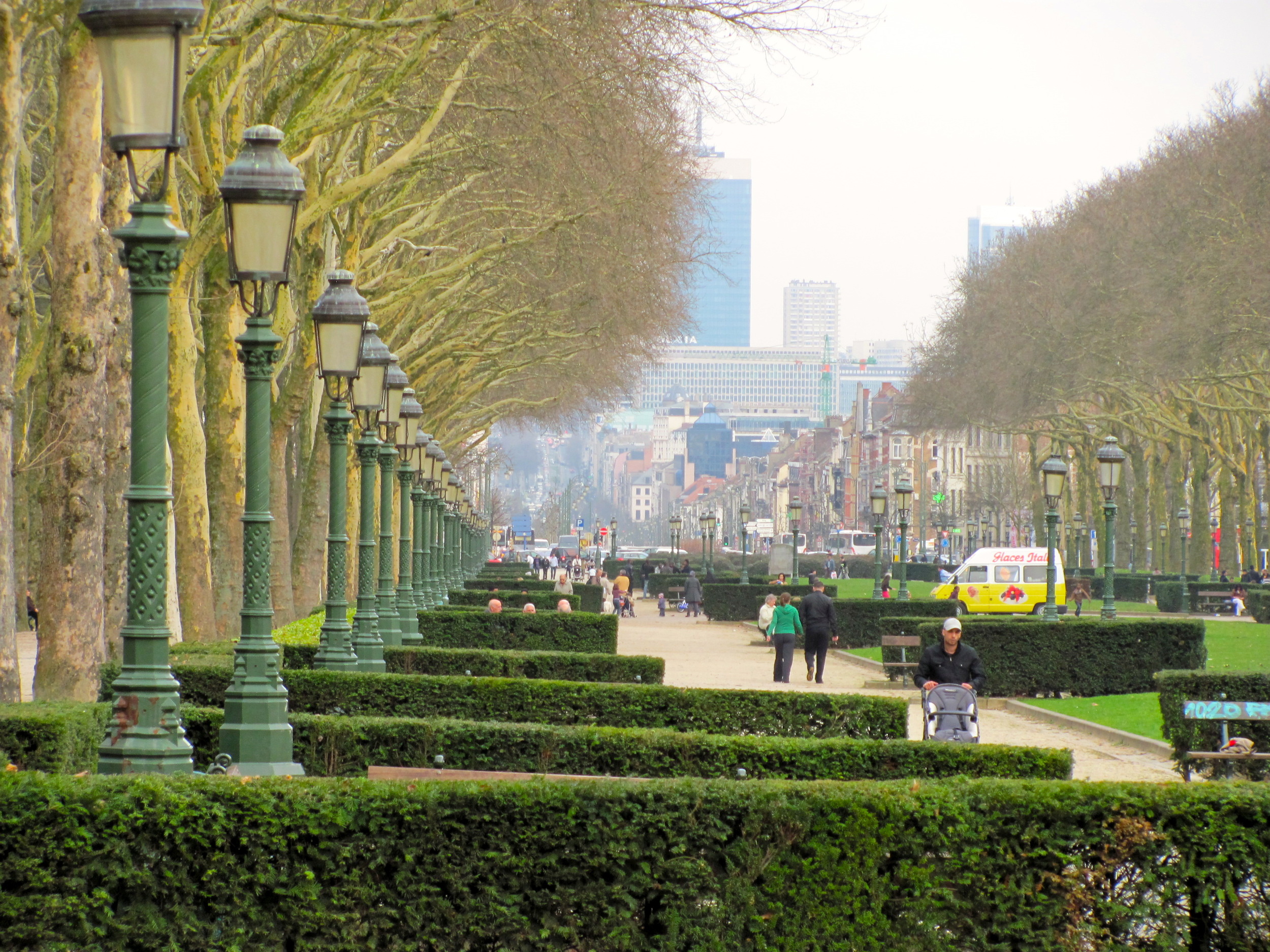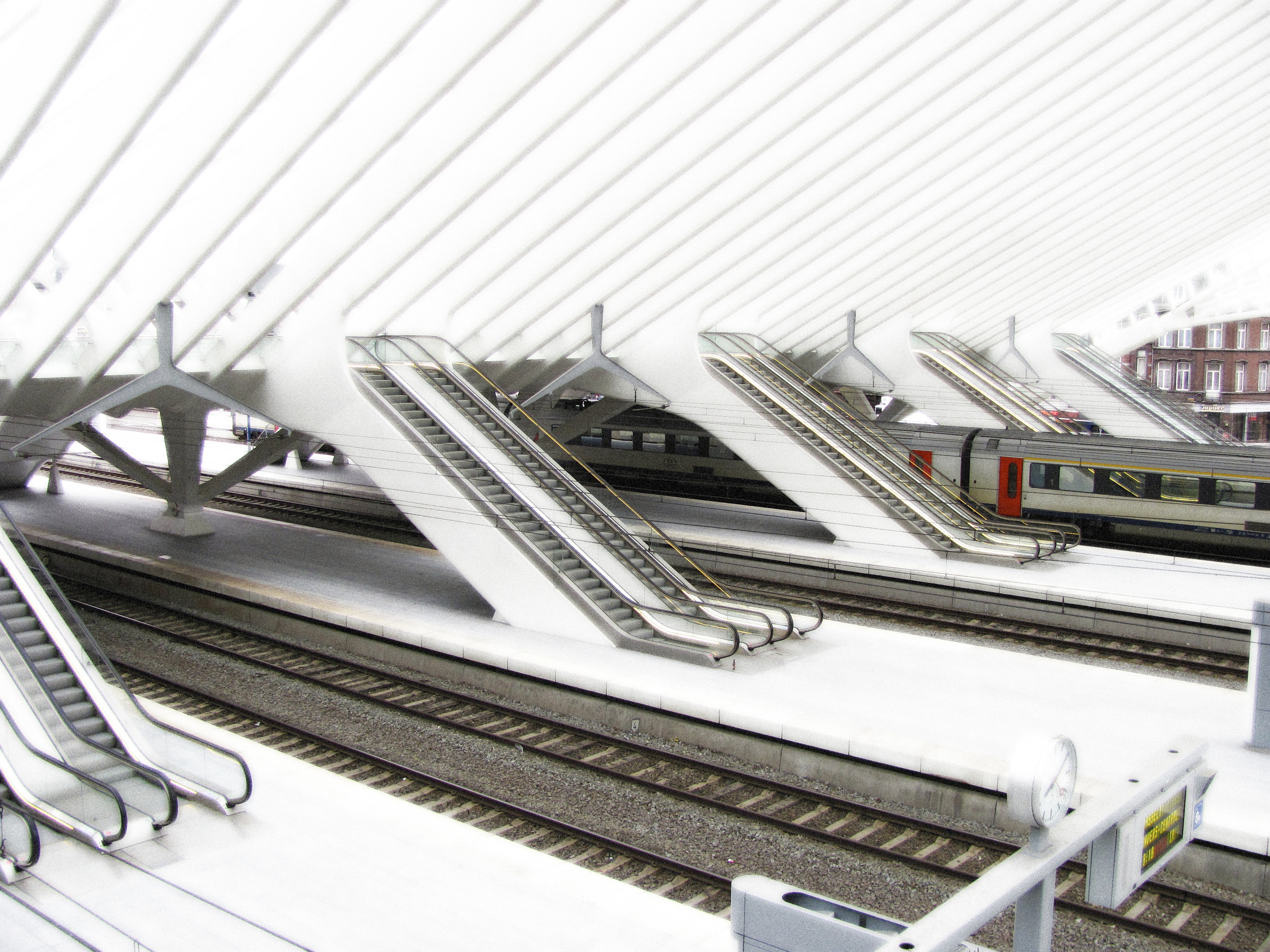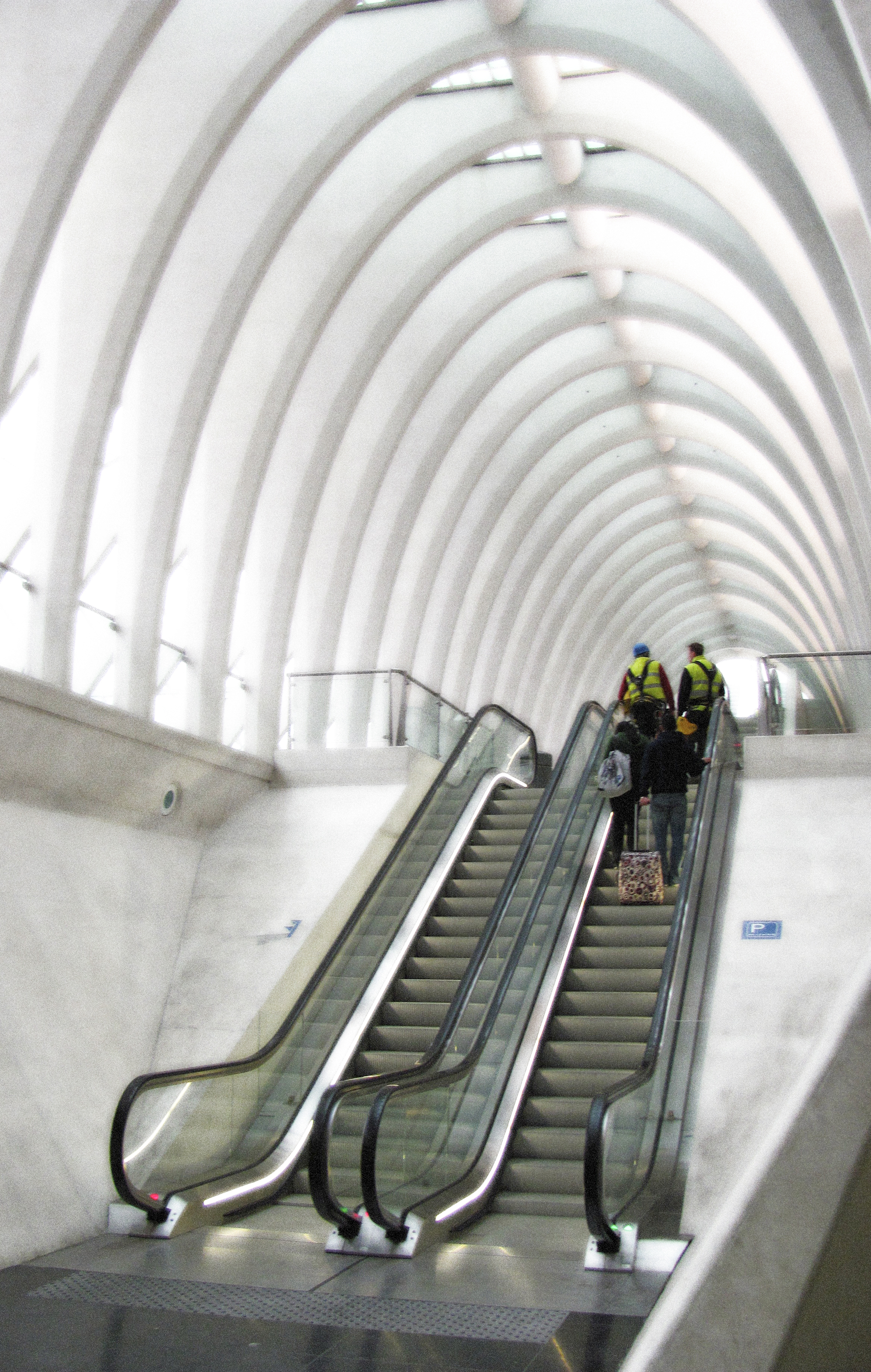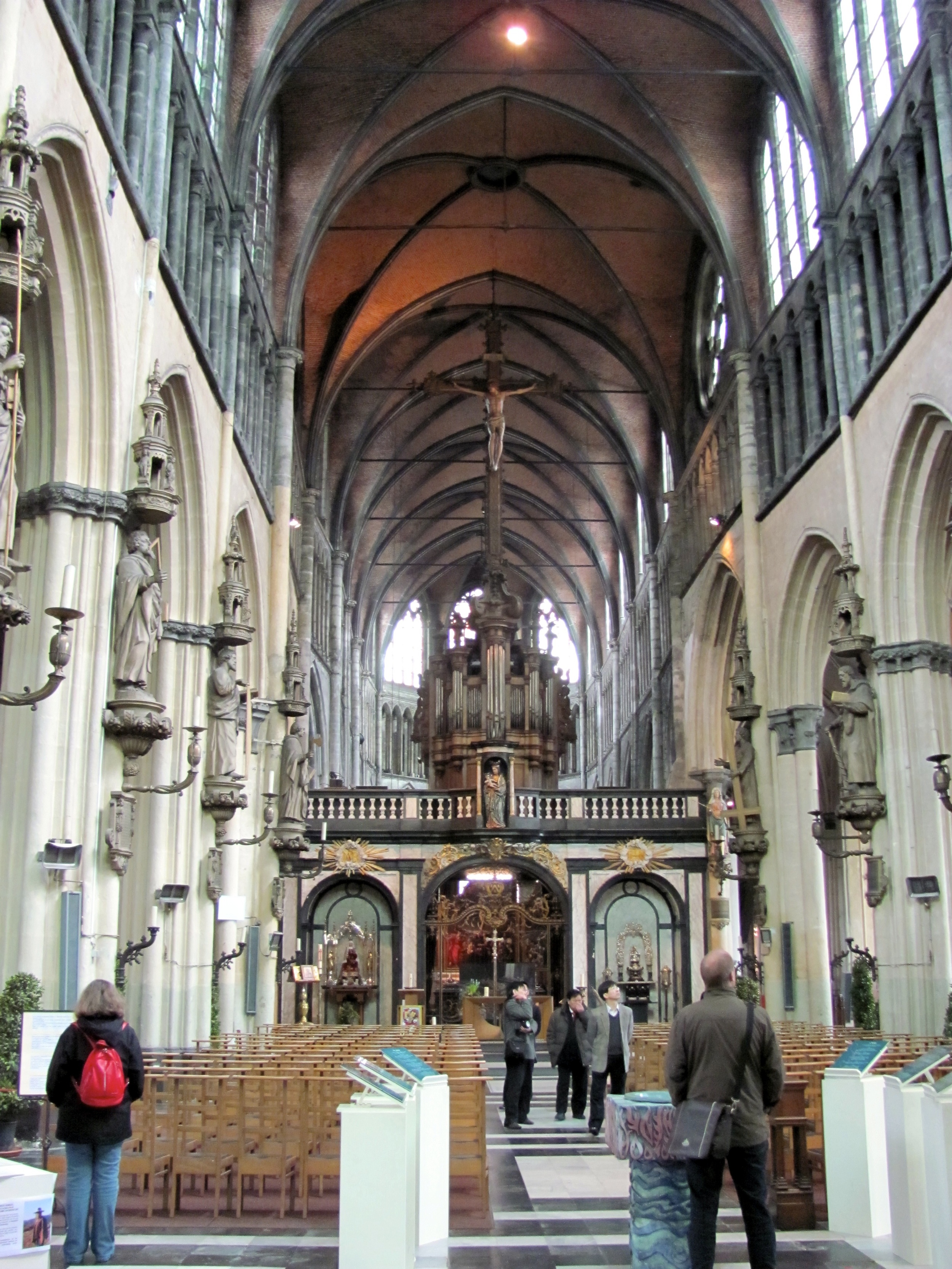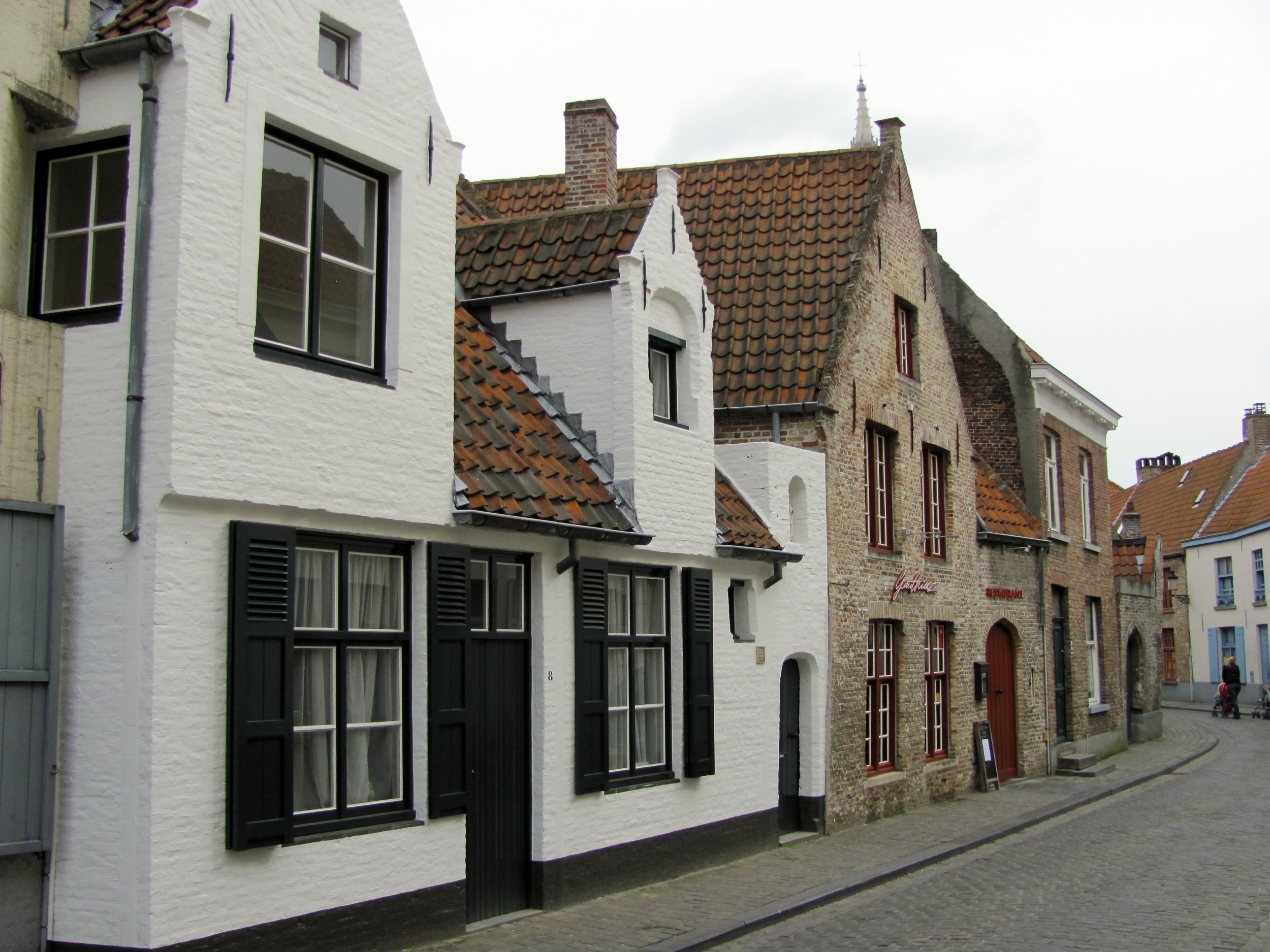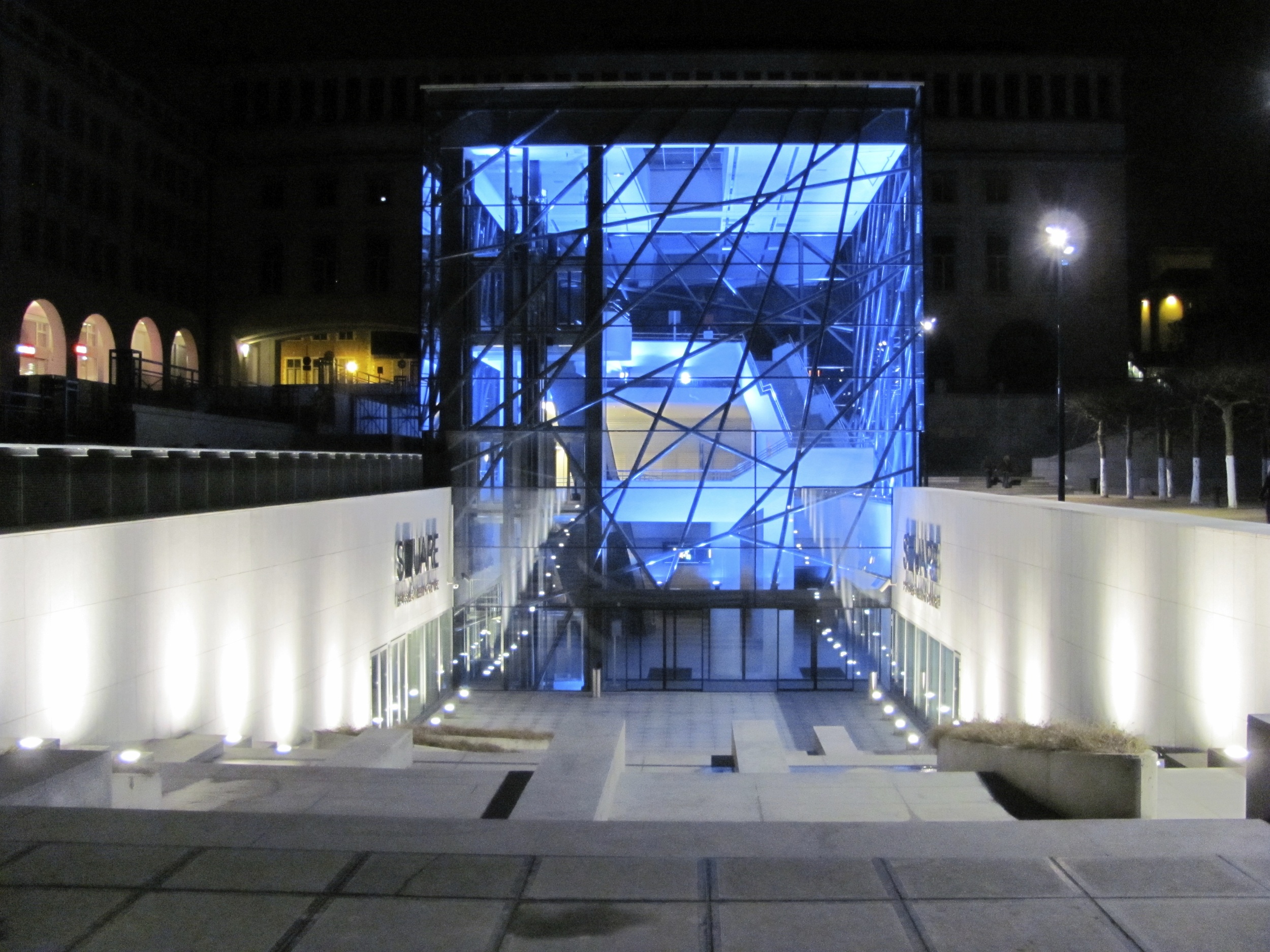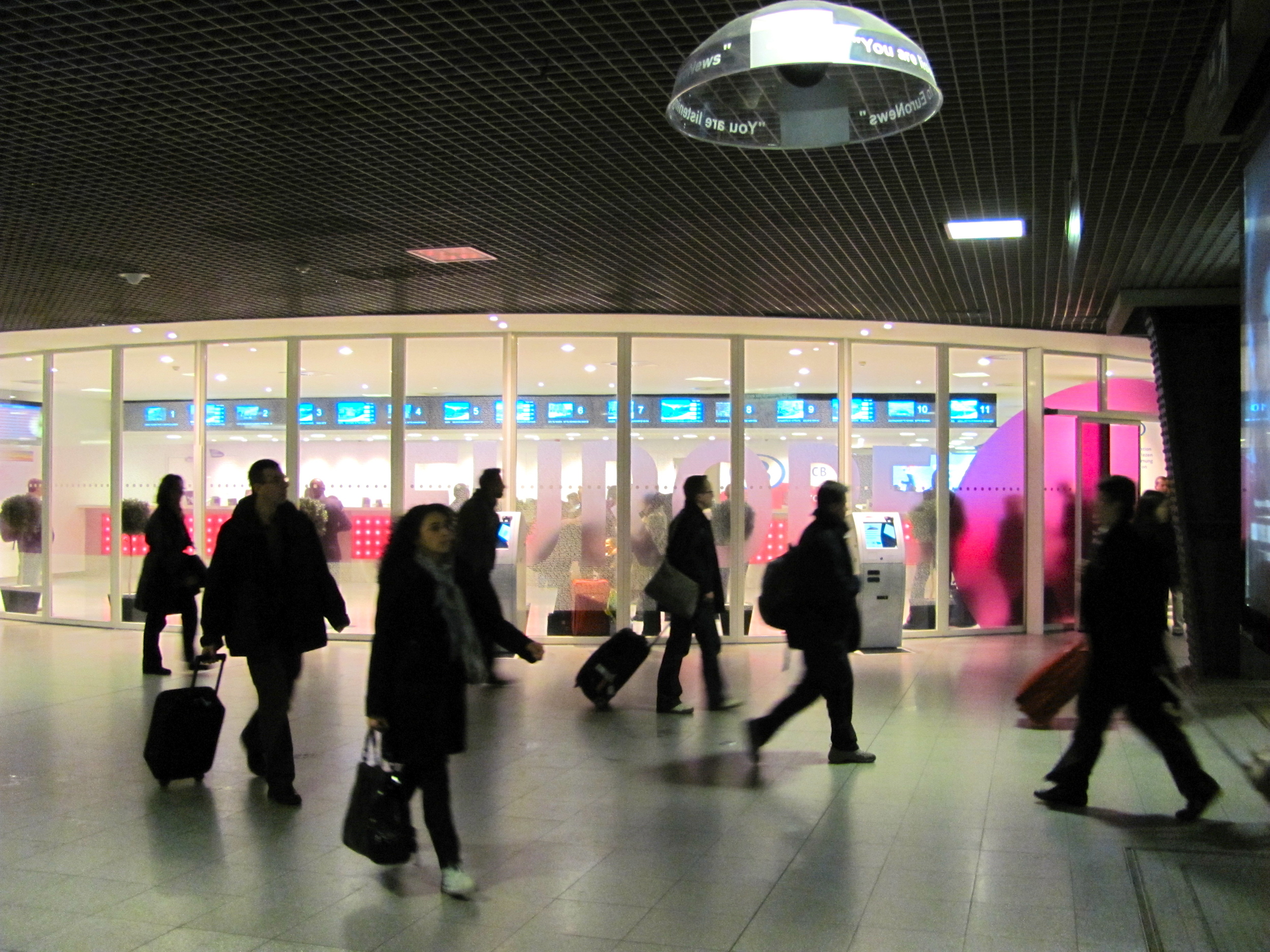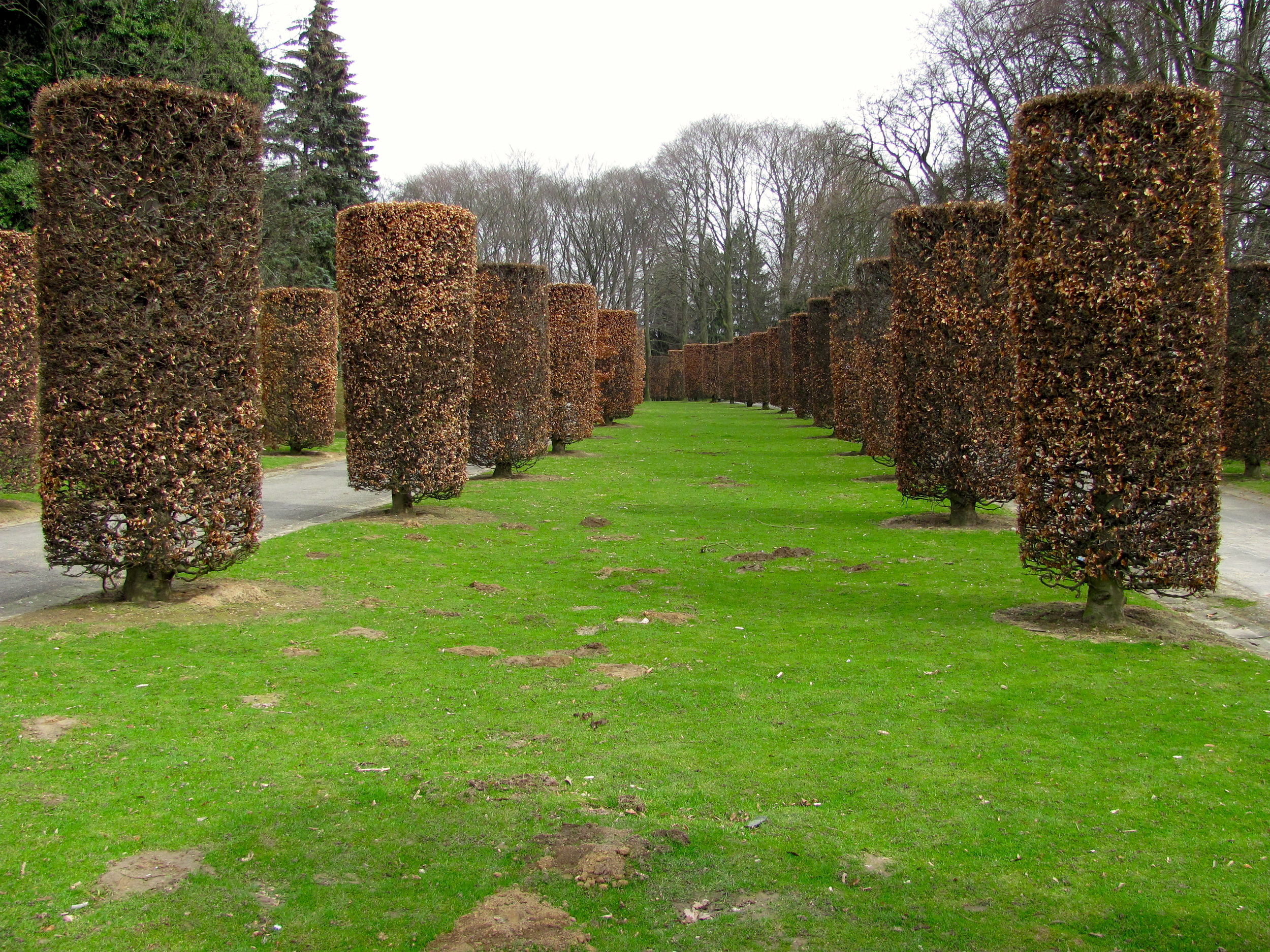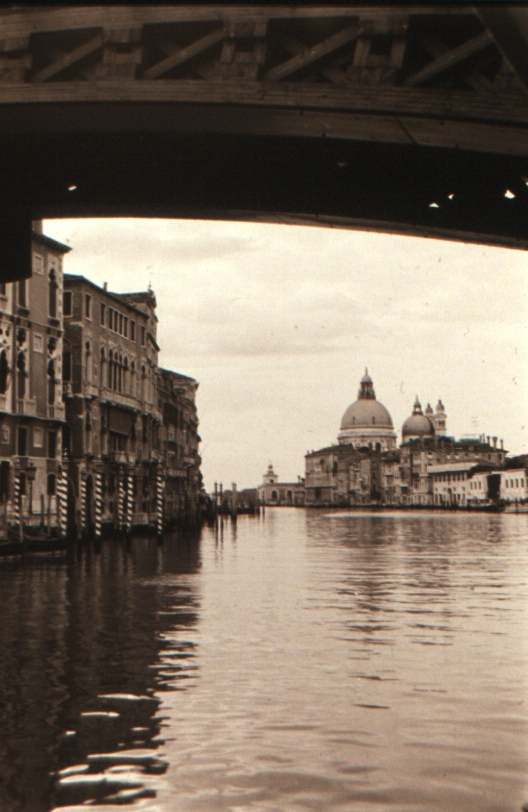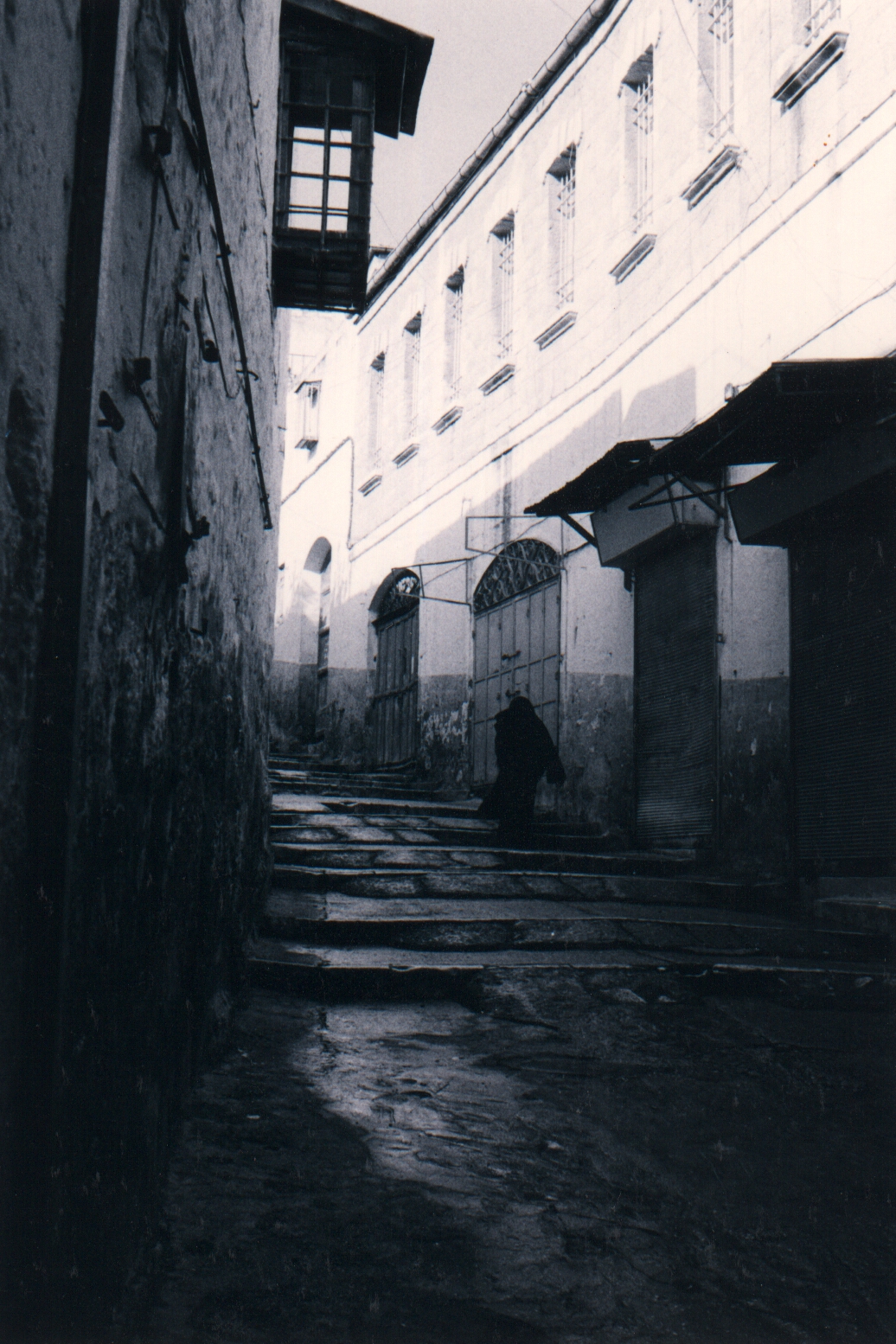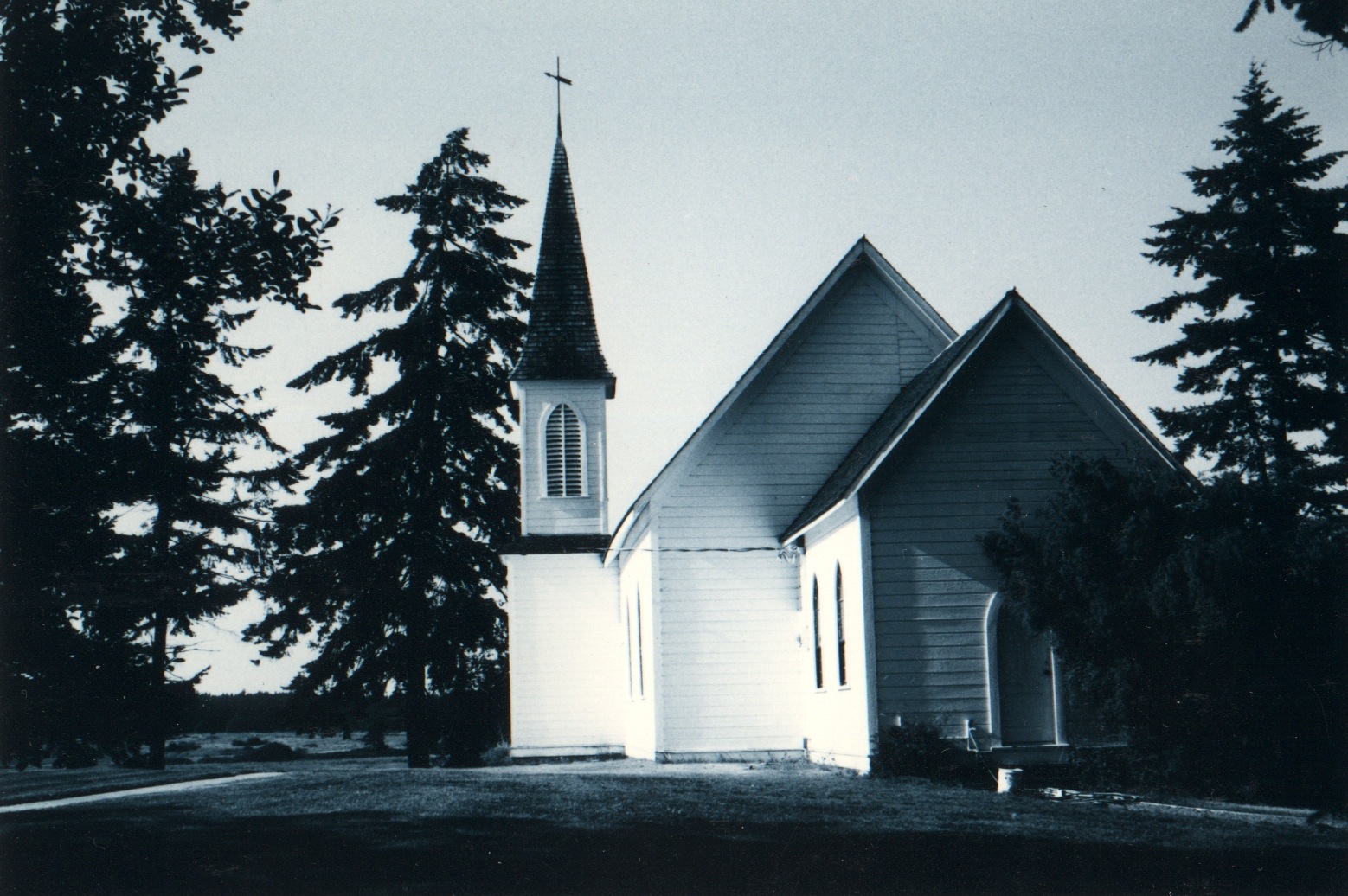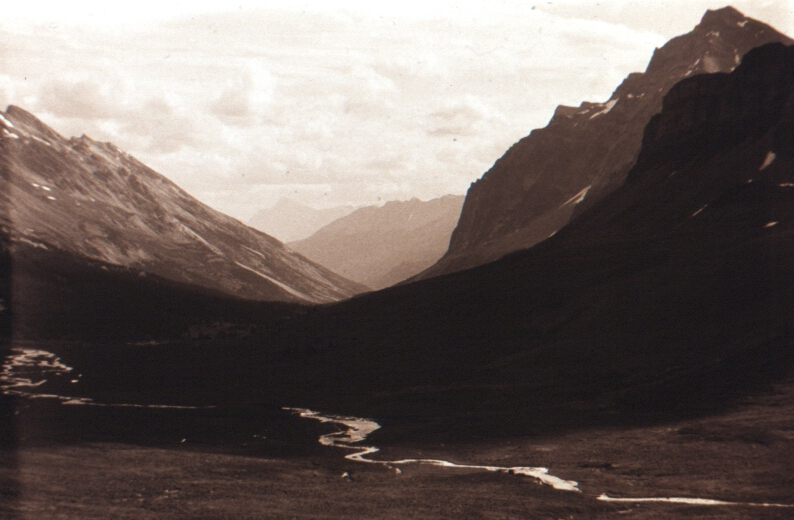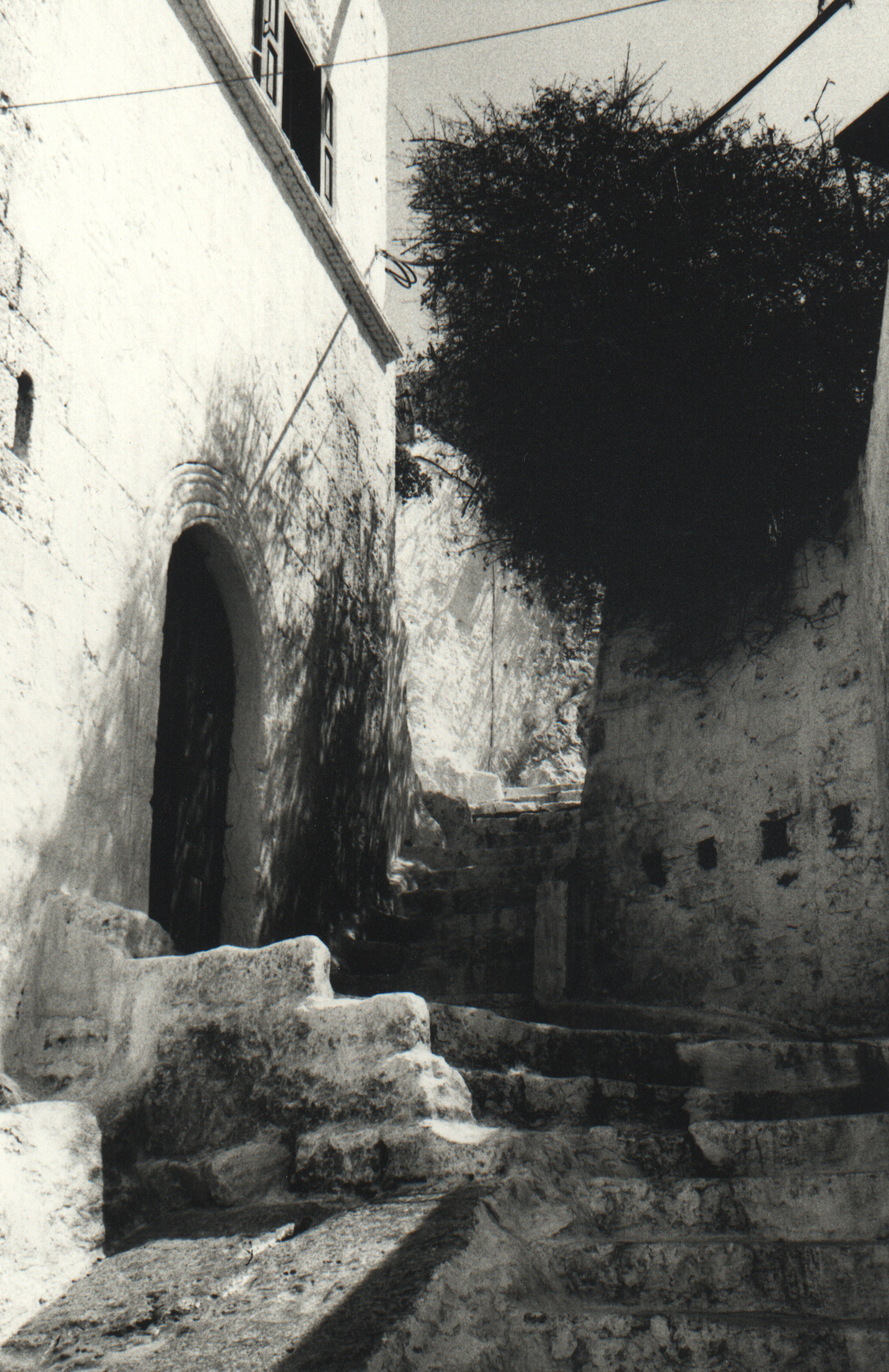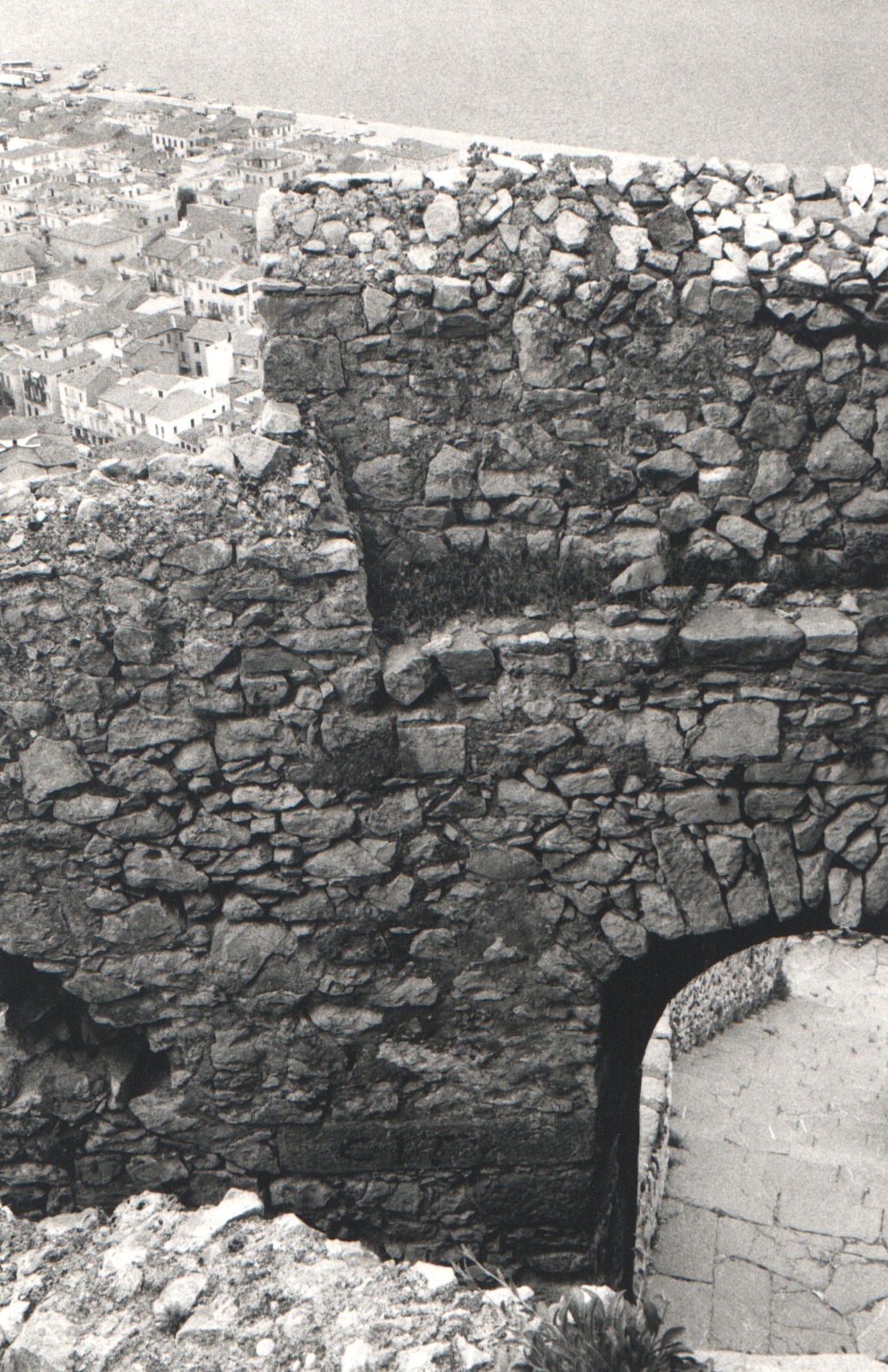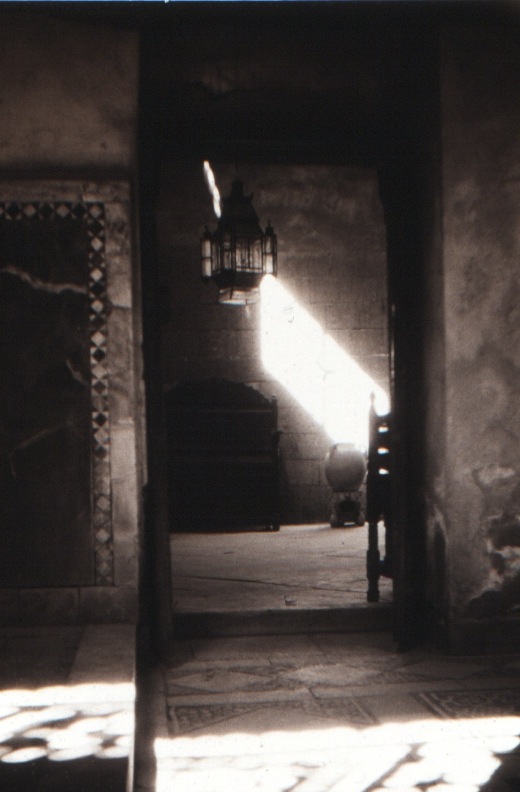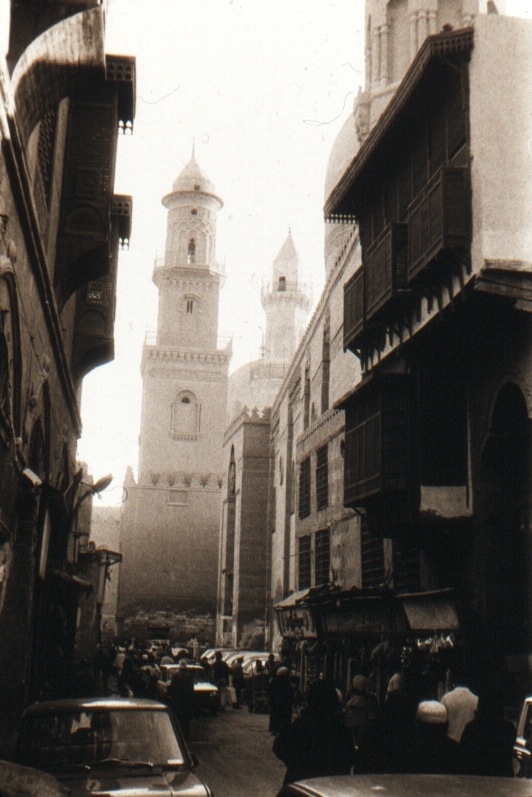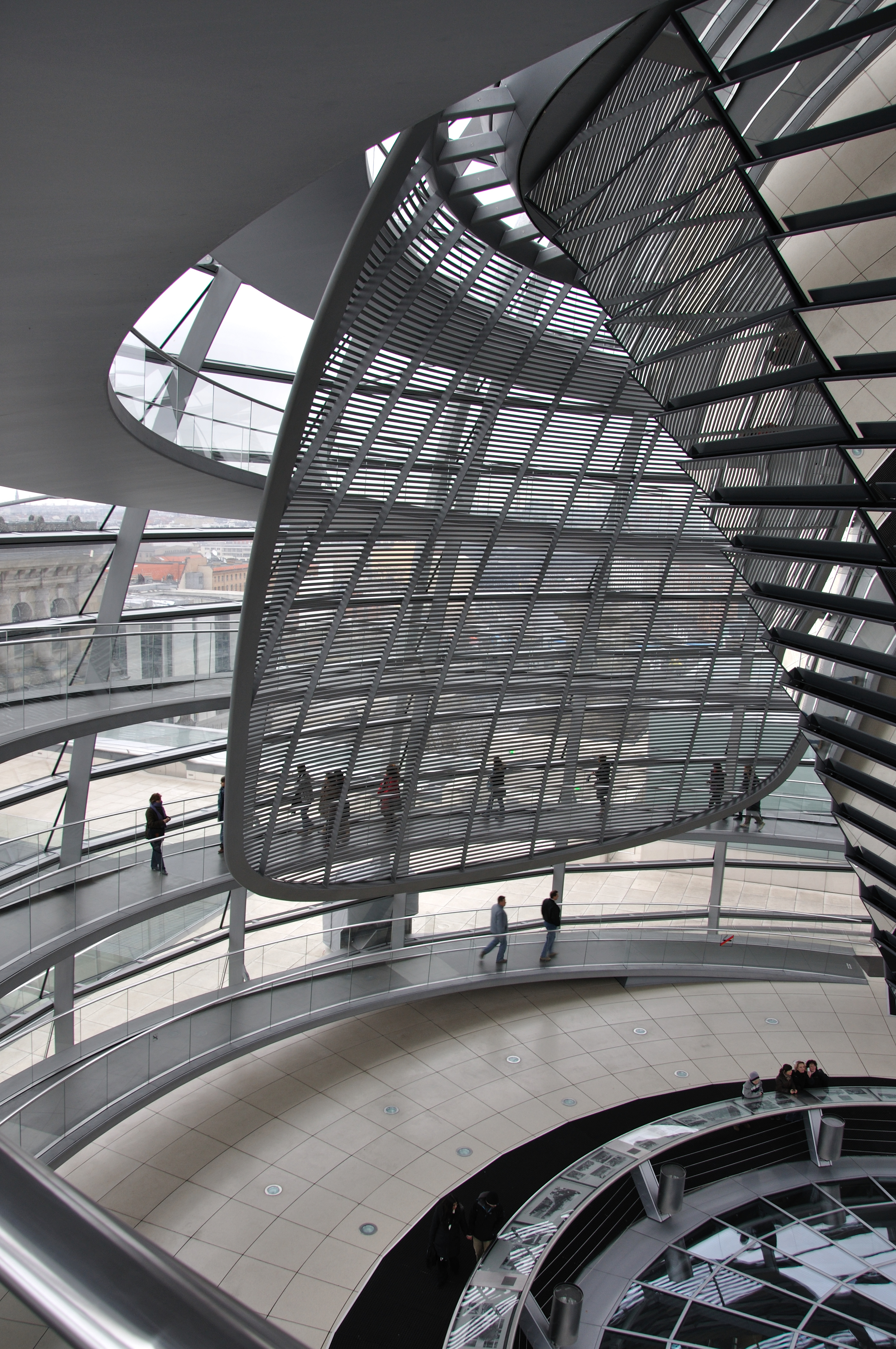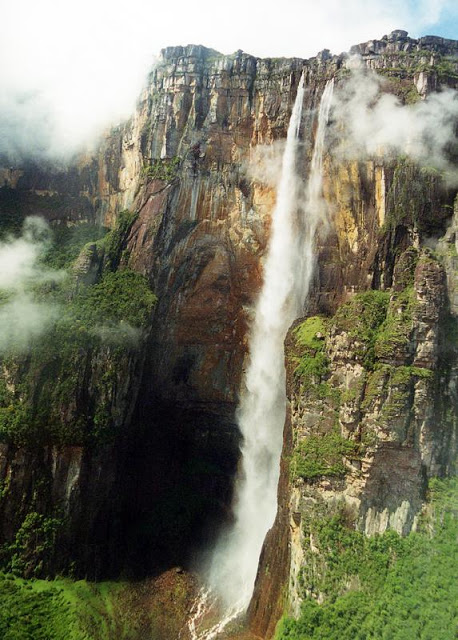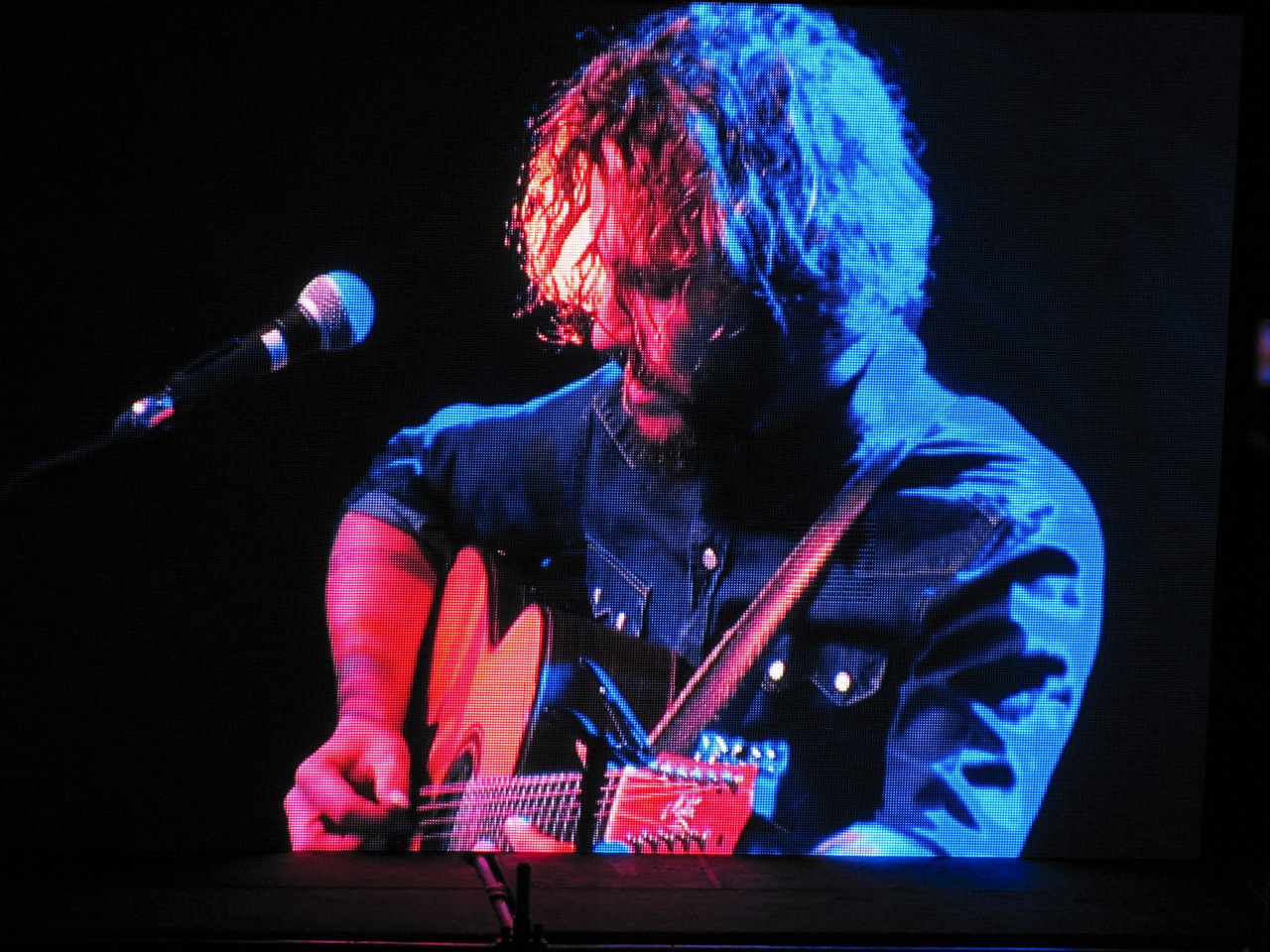January 14, 2017
Last night driving home, a dear friend called me to say that he was listening to former BC Premier Mike Harcourt talking on CBC Vancouver about Joe Wai of Joe Wai Architects. Joe had passed away on Wednesday this week.
I sat in the car rather shocked with the news, tears welling in my eyes, and thanked the universe that I had had coffee with Joe at his office in February last year when I was in Vancouver for the day on business.
I met Joe in 1989 when I started working at Paul Merrick Architects straight out of design school as a young graduate and intern. When I said to Paul that I would like to get registered and open my own practice, Paul in his slow characteristic manner pondered this a moment, then said to me, “you better go see Joe Wai”. It was some of the very best advice Paul gave me over the seven years I worked for him, and led to a now 27 year connection with Joe.
Joe was one of a generation that went through the latter Ron Thom era, Thompson Berwick Pratt & Partners (which was the design power house in Vancouver that turned out some amazing design talent and young practitioners), and Arthur Erickson’s office.
Joe was one of a large iconoclastic circle of young designers from that time and those offices that were challenging the established design order and politics in Canada……..and true to Joe’s character, moving on, went his own way with his own practice.
Below are links to two short articles this week about him, short but very apropos reads if you are so inclined. And on UTube there are a few video's that convey Joe's nature, the short speech at the HO HO Restaurant is so poignant of Joe's personality.
What I realize in Joe’s passing is that he is one of literally a dying breed of mentors. I honestly feel that the younger generations don’t really know them and what it is like to have true, sage, radical, and inspired mentorship……….and I am so very very thankful that I have been blessed with this life experience of them…………and of the person Joe Wai in particular. He always had time for his mentees, I always came away feeling like I had received something special in my conversations with him from a friend, he always gave me reinvigorated enthusiasm for my pursuits particularly at cynical moments in life…………this was a hallmark of Joe. In every time together there were amazing stories that came from his heritage and professional lineage. And he connected with his positive view of the search for personal truth, with humour and wit. He was an artist and a poet, a gentleman and a scholar, inspiring, persistant, had a large magnetic aura, and one of a breed of individuals who conversed through sketching and drawing.
He went too early at 76, but true to Joe, went his own way……..pun intended.
My heart felt condolences to his family and colleagues.
God Bless You Joe Wai
Thank you so very very much for your friendship
It's impossible to say goodbye
http://www.straight.com/news/856081/vancouver-architect-and-heritage-advocate-joe-wai-dies
http://www.cbc.ca/news/canada/british-columbia/joe-wai-dead-at-76-1.3934945





